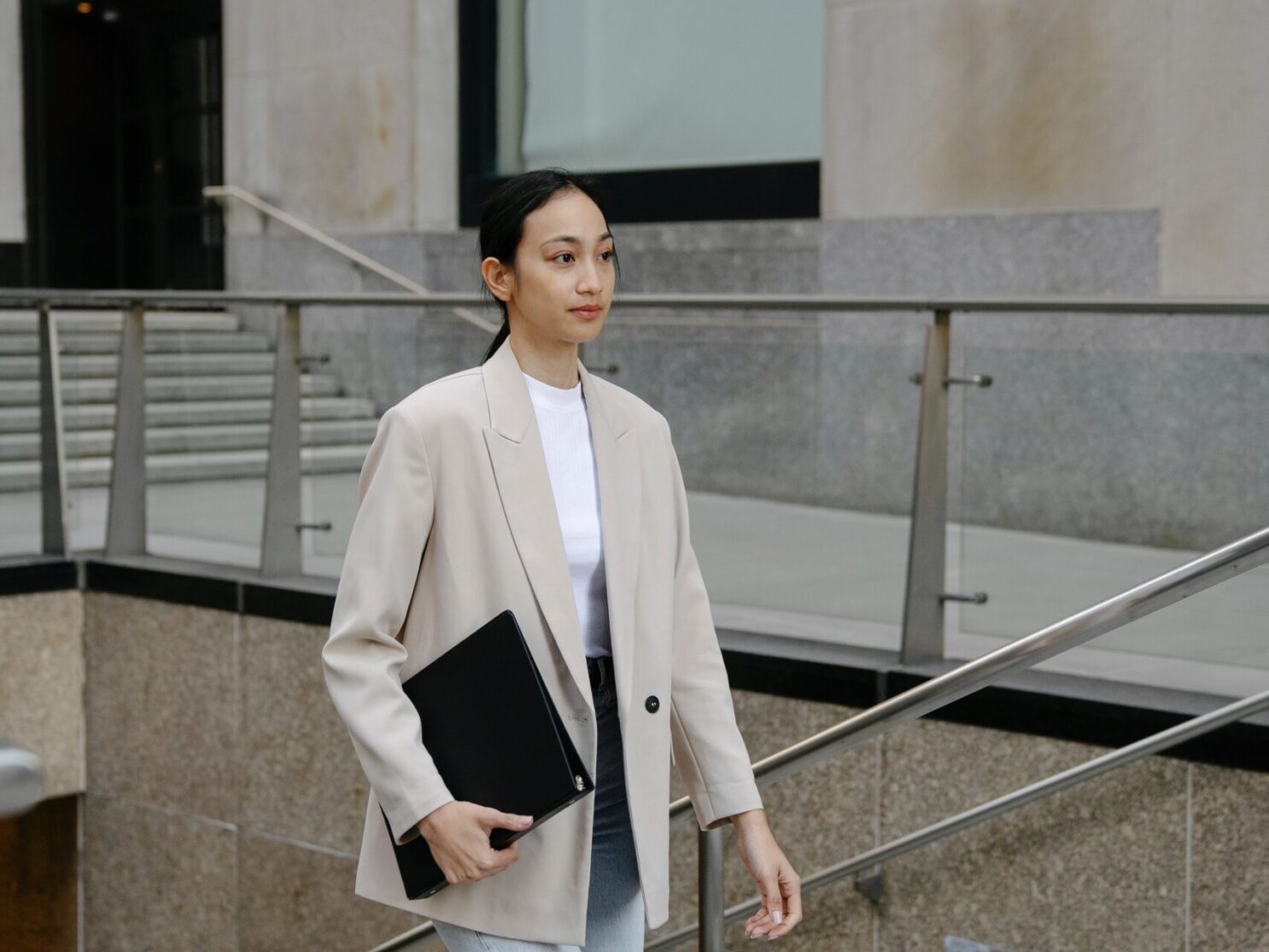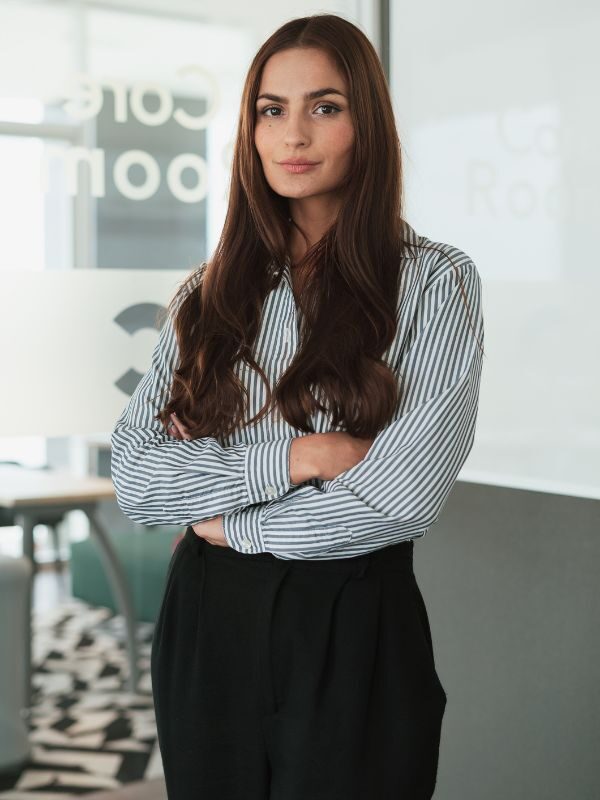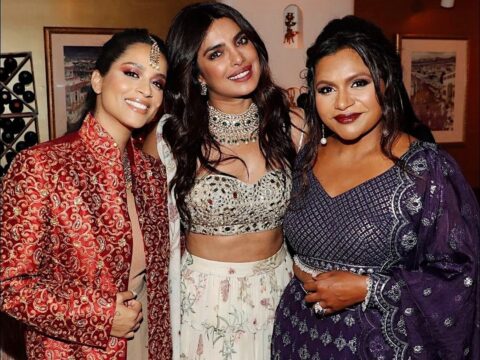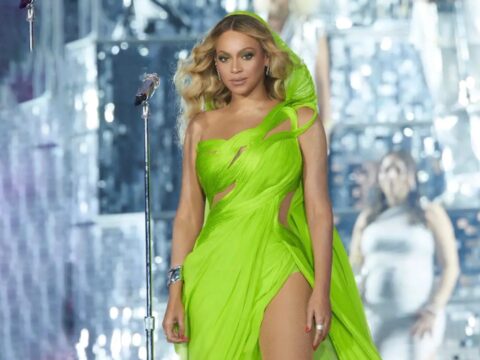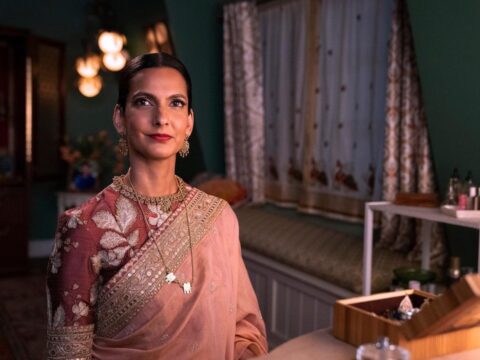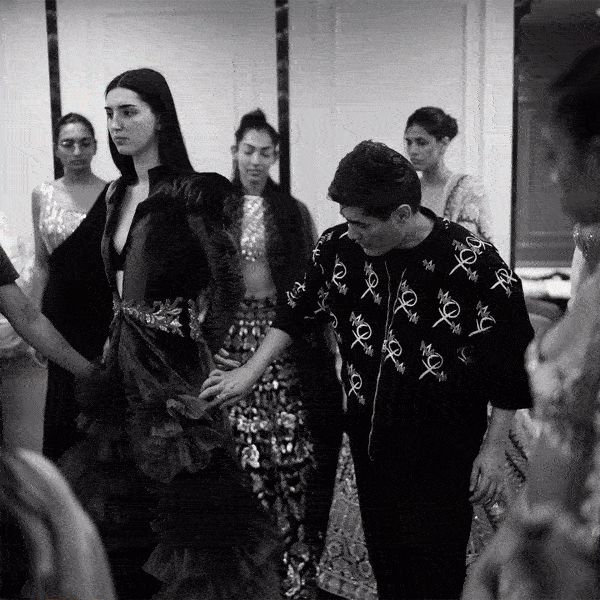In 2015, Madonna, at age 56, broke the internet by gracing the Grammys’ red-carpet in a Givenchy bodysuit paired with fishnet stockings. Toward the tail end of the same decade, Jennifer Lopez, mere months after turning 50, closed Versace’s spring 2020 show in a barely-there, palm-printed gown which she first wore almost 20 years ago. Not too long after, in 2021, Helen Mirren made headlines for her far-from-subtle fashion choices at the Cannes Film Festival–the award-winning actress, who was 75 years old at the time, donned a hard-to-miss, sunshine yellow dress. If you look closely, you’ll find that closer to home too there are several stars–Shilpa Shetty Kundra and Malaika Arora to name a few–who have successfully proved that growing older doesn’t always involve a shift towards modest or safe fashion. However, while the idea of age-appropriate dressing is routinely challenged by celebrities on red-carpets and runways across the globe, is it as easy to do away with in everyday life? We got a diverse set of names–mental health experts, stylists, influencers and more–to weigh in.
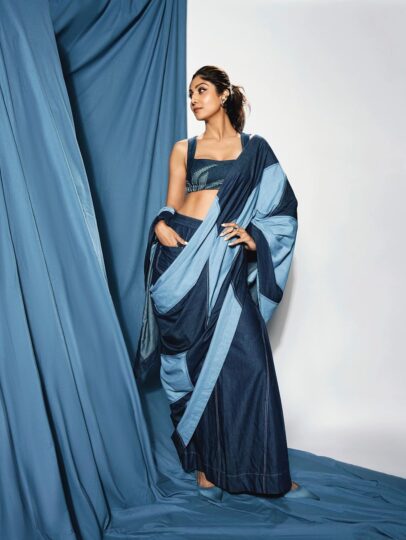
POV 1
Look up the term “age-appropriate fashion”, and your search will return countless guides on how to dress for every decade of your life. Each one of the articles that fills up your screen will suggest that as you age, your appetite for sartorial risks reduces greatly. But, 67-year-old influencer Manjri Varde’s Instagram profile, which is peppered with bright hues, striking prints and silhouettes as varied as saris and skirts, tells an entirely different tale. “The feeling of being old or senior and, therefore, restricted is fading. I dress as I please, and age has nothing to do with the way I present myself in society or on social media,” says Varde who has amassed close to 150k followers for both her light-hearted content and out-of-the-box outfits. Chhaya Momaya, mother and image consultant, echoes this sentiment. “No fashion item comes with a tag which says that it’s meant for a 50-year-old or a 20-year-old. It doesn’t matter how old you are, what’s most important is that the outfit works for you,” she says. Her point of view is supported by her wardrobe which makes room for everything from staggering stilettos to items from Gen Z-loved labels–one of Momaya’s latest purchases is a Balenciaga jacket that doubles up as an oversized dress.
Today, several brands, whose offerings could have easily been confined to a certain age group, appeal to individuals from various generations. For instance, during Alessandro Michele’s tenure at Gucci, we saw a trend called “granny chic” pick up pace. While the aesthetic focused on fashion from the past such as vintage florals and pussybow blouses, it still attracted consumers of all ages. “If you look at the Gucci campaigns from that time, they featured both older and younger people. Everyone was dressed in similar styles, and it looked amazing,” says fashion consultant and stylist Edward Lalrempuia. While some might attribute the success of the fashion flashback to the allure of the storied label that introduced it, it’s important to note that many young homegrown brands are also making similar observations. For instance, New Delhi-based label Studio Rigu, known for its eye-catching designs, is popular with a wide range of women. “Our customers are modern globetrotters who are comfortable in their sartorial choices. Women from ages 25 to 65 wear and love our eccentric prints. It’s rightly said that age is just a number,” shares the brand’s founder Riya Gupta, highlighting that, when it comes to fashion, we’re increasingly defying archaic age boundaries.
POV 2
The messaging around age-appropriate dressing is everywhere. Mental health professional Pratyusha DV explains that it’s fed to us in direct as well as discreet ways. Apart from articles that explicitly tell us what we should or should not wear based on our age, the clothes we choose are also moulded by the content we consume on OTT platforms, the images that populate our social media feeds and the advertisements that we see on television or in magazines. “Traditional media has shown younger generations dressed in a certain way, and there hasn’t been adequate representation for older people. This drives home the message that the trends showcased are not meant for them,” says DV. For those who aren’t in the limelight, these learnings can be particularly difficult to leave behind. “A celebrity has to work through similar layers of conditioning, however the nature of their profession makes them more inclined to unconventional choices. They are aware of the impact that this could have on others, and the possible backlash of it too, but the encouragement they receive may outweigh the latter,” adds DV. On the other hand, she says, finding support in such scenarios might be harder for the average person as their decision to reject such notions is likely driven by personal preferences as opposed to the desire to impact someone or make a statement.
Besides our deep-rooted conditioning, our style, as we age, is also shaped by changes in our body and mind. At 47, Deepshikha Khanna, the creative director of Good Earth’s contemporary clothing vertical flow, finds that although the silhouettes she enjoys wearing haven’t shifted much, the fabrics she now favours are markedly different from the ones she wore in her 20s. “I loved a jumpsuit then and I love a jumpsuit now. But, today, it’s looser and crafted with handloom cotton. When I was younger, it was fitted and made using Lycra,” she says. Similarly, Aparna Badlani, consulting creative director at Aza Fashions, has watched her wardrobe evolve over the years. “I don’t wear bodycon ensembles any more, nor do I want to squeeze myself into something that will make me want to come back home halfway through the night and change,” she says. These modifications, which often involve a move towards comfortable or classic pieces, are something that women want to celebrate rather than question. “Now, I dress to please myself, and wear what I’m most comfortable in. This awareness definitely comes with age, and it’s more a privilege than a shortcoming,” says influencer and mother-of-two Roshni Chopra.
Conclusion
In summary, while some believe that the concept of age-appropriate dressing is steadily losing its relevance in recent times, others are of the opinion that the idea won’t fade in its entirety because our style, as we grow older, is influenced by decades-old conditioning, changes in our body and a love for comfort that trumps the need to test-run new trends.
Which school of thought do you resonate with? We’d love to know.
